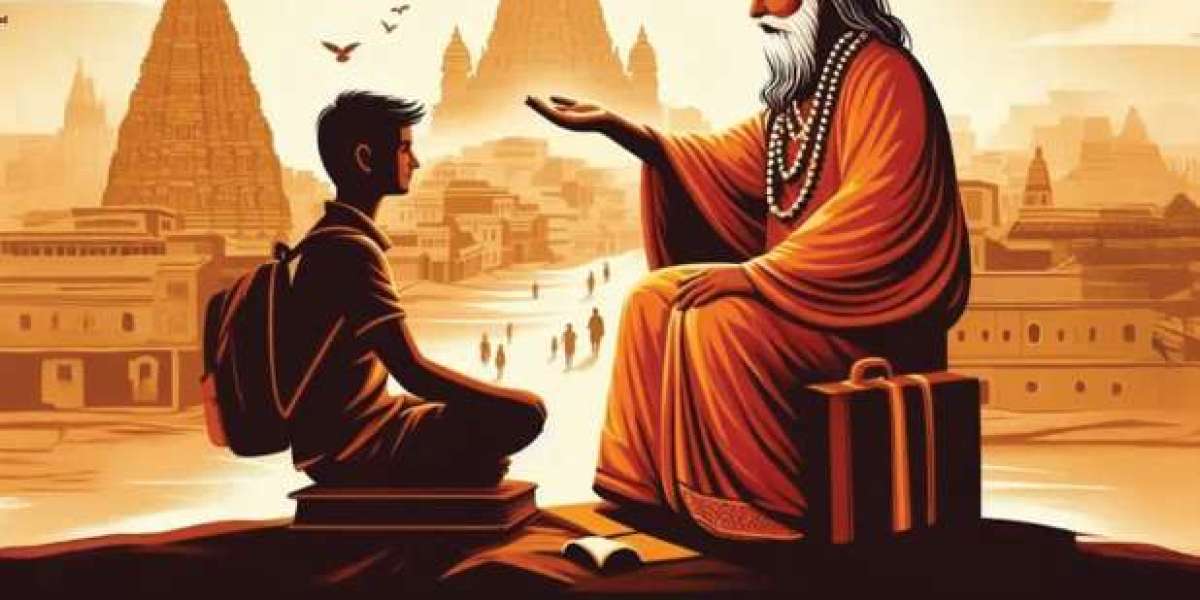Guru Purnima is more than a religious observance; it is a cultural celebration that fosters respect and gratitude across generations. It takes place falls on the full moon day of the Ashadha month (just after the Summer Solstice). This day honours the vital role of Gurus in guiding individuals towards enlightenment.
In 2025, Guru Purnima will be celebrated on Thursday, July 10.
The word “Guru” in Sanskrit is translated as “dispeller of darkness.” A Guru dispels a seeker’s ignorance, allowing him to experience the source of creation within. The day of Guru Purnima is traditionally the time when seekers offer the Guru their gratitude and receive his blessings. Guru Purnima is also considered an especially beneficial day for Yogic practices and meditation.
Sadhguru says, “It is on this day, for the very first time in the history of humanity, that human beings were reminded that they are not a fixed life. If they are willing to strive, every door in the existence is open.”
Importance Of Guru Purnima
Guru Purnima serves as a reminder of the deep respect and gratitude owed to teachers and mentors. Traditionally, the day commemorates the sage Vyasa, who is credited with compiling the Mahabharata and the Vedas. This celebration not only acknowledges Vyasa's contributions but also highlights the Guru-Shishya (teacher-disciple) relationship that is fundamental to spiritual growth.Important Rituals To Perform On Guru Purnima
To observe Guru Purnima, individuals should follow these key rituals:- Early Morning Routine: Wake up early, take a bath, and wear clean clothes. A holy dip in a river is considered auspicious, but adding Ganga water to bath water suffices for purification.
- Prayer Offerings: Set up an altar with a picture or idol of the Guru. Light a diya (lamp) and offer flowers, fruits, and sweets.
- Recitation of Mantras: Chant the Guru Mantra, 'Om Gurubhyo Namah,' which signifies respect and reverence towards all Gurus.
- Worshipping Deities: It is customary to worship Lord Vishnu and Goddess Lakshmi to seek their blessings on this day.
- Evening Rituals: After spotting the moon in the sky, perform Chandra Darshan and offer prayers to the moon, which is believed to enhance spiritual growth.







